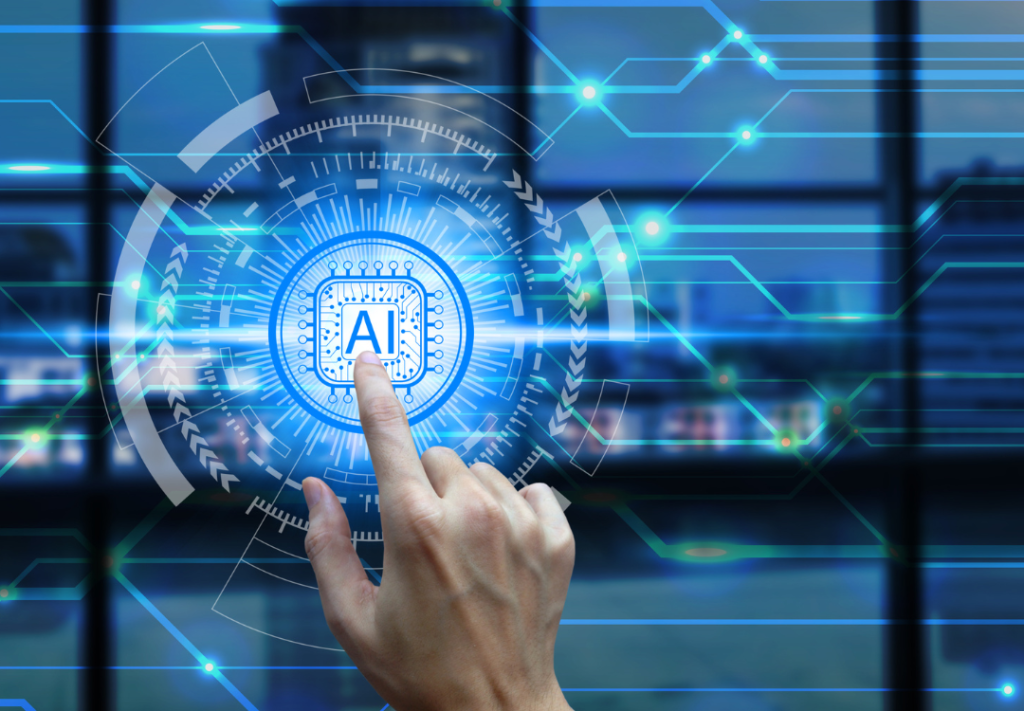In 2025, artificial intelligence (AI) has firmly embedded itself in the front lines of cybersecurity. No longer just a supplementary tool, AI is now a strategic centerpiece in identifying, mitigating, and preventing cyber threats. Its integration into modern security operations has changed the nature of digital defense, offering an unprecedented ability to detect attacks in real time, predict future vulnerabilities, and respond autonomously.
Across industries—from finance to healthcare to government—organizations have deployed machine learning models that can sift through terabytes of data in seconds, flagging anomalies that would otherwise go unnoticed. These systems work around the clock, scanning network traffic, analyzing endpoint behavior, and comparing real-time activity to historical trends.
A Shift from Reactive to Predictive Defense
Traditionally, cybersecurity was reactive. Analysts waited for alerts, combed through logs, and manually patched holes after breaches occurred. In 2025, that’s no longer sustainable. AI has enabled a shift toward predictive defense, using advanced analytics to forecast threats before they happen.
At the heart of this evolution are deep learning models trained on massive datasets of attack patterns, malware code, user behaviors, and network anomalies. These systems can recognize the subtle precursors to ransomware attacks, insider threats, or credential stuffing attempts—often days before the actual intrusion.
One major financial institution, for example, implemented a predictive AI platform in early 2024. Within months, the system identified a lateral movement pattern across user accounts that would have previously gone undetected. This early alert enabled the IT team to isolate affected segments of their infrastructure and patch vulnerabilities before attackers could escalate access.
AI-Driven Automation: From Monitoring to Mitigation
AI doesn’t just detect threats—it acts on them. Security orchestration, automation, and response (SOAR) platforms now use AI to triage alerts, assign severity scores, and execute pre-defined responses.
Consider a scenario where malware is detected in a user’s email attachment. In the past, the file might be quarantined for human review. Now, an AI-powered system can immediately isolate the endpoint, block further network access from the affected user, and begin forensic logging—all in seconds, without a human ever touching the keyboard.
This kind of speed is critical. According to a 2025 report by the Cybersecurity & Infrastructure Security Agency (CISA), the average time from breach to major damage (such as data exfiltration or ransomware activation) has dropped to under 30 minutes. That leaves virtually no time for human-led response.
When AI Turns Hostile
However, there’s another side to the story. As defenders leverage AI, so do attackers. In fact, cybercriminals are now deploying AI-powered malware capable of learning from its environment and adapting in real time. These programs use generative AI to rewrite their code as they spread, avoiding signature-based detection tools.
Adversarial machine learning—a technique where attackers deliberately feed false data into an AI system to corrupt its decision-making—is becoming increasingly common. In phishing campaigns, threat actors are using natural language generation models to create highly personalized messages that are nearly indistinguishable from legitimate communication.
Moreover, deepfake technology, once a novelty, is now a threat vector. In several high-profile 2025 incidents, AI-generated voices were used to impersonate CEOs during fraudulent wire transfer schemes. These attacks tricked employees into transferring millions before anyone realized the call wasn’t real.
The New Cold War of Code
This escalating battle between offense and defense has been dubbed “The AI Cold War” within cybersecurity circles. Each side is using similar tools: pattern recognition, natural language processing, predictive analytics—but with opposing goals. For defenders, the challenge lies not just in building smarter AI, but in anticipating how attackers might manipulate it.
Cybersecurity vendors are responding with innovations like AI red teaming—simulated attack models designed to test and outwit an organization’s own defensive AI systems. By creating AI adversaries in controlled environments, companies can better understand the weaknesses in their current models.
Government involvement is growing, too. The U.S. Cyber Command, for instance, launched an AI Integrity Task Force in late 2024 to assess the resilience of national critical infrastructure against adversarial AI threats. Similarly, the European Union has proposed legislation to regulate the use of AI in both civilian and defense cybersecurity applications.
What It Means for Businesses and Consumers
For businesses, embracing AI in cybersecurity is no longer optional—it’s existential. Cyber insurance providers are now beginning to assess AI readiness as part of their underwriting process. Companies without AI-enhanced threat detection may find themselves ineligible for coverage or face steep premiums.
Consumers are also impacted. Many banking apps and email providers have quietly implemented AI-based fraud detection systems that analyze your behavior in real time. If you suddenly log in from a new device in a different country, attempt a high-value transaction, and misspell your password twice, AI systems will likely flag or block the activity—even before you hit “submit.”
The Road Ahead
So where does this arms race go next?
Experts predict the next frontier is explainable AI (XAI)—systems that not only make decisions, but also explain their reasoning in human terms. As AI becomes more central to cyber operations, understanding why a model blocked a transaction or flagged a user becomes critical for trust, compliance, and accountability.
Another area of focus is collaborative AI, where security systems across different organizations share anonymized threat data to collectively train stronger models. This “crowd-trained” AI may prove crucial in combating state-sponsored attacks and zero-day exploits that target entire sectors at once.
Conclusion
In the evolving cybersecurity landscape of 2025, artificial intelligence isn’t just an enhancement—it’s a necessity. But while it empowers defenders with unparalleled speed, insight, and automation, it also fuels more sophisticated threats from adversaries who are just as technologically equipped.
The arms race is far from over. The question for every organization is no longer if they will adopt AI, but how quickly they can do so—and how wisely. Because in a world where code fights code, the smartest machine often wins.

